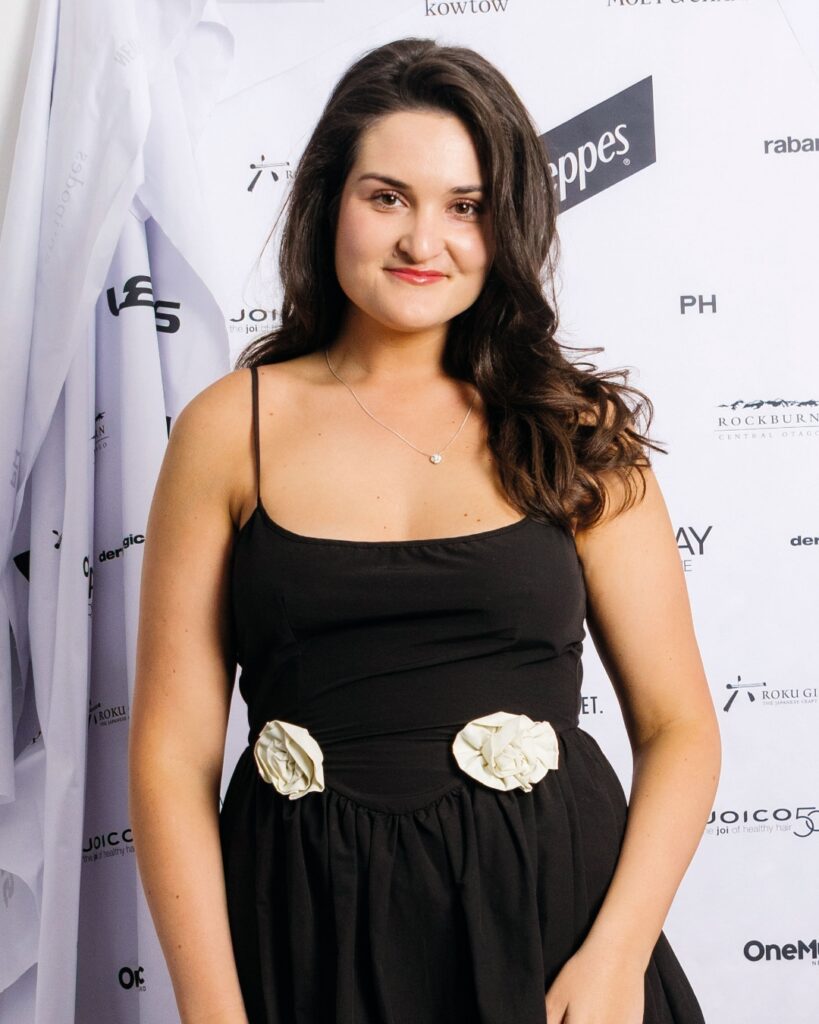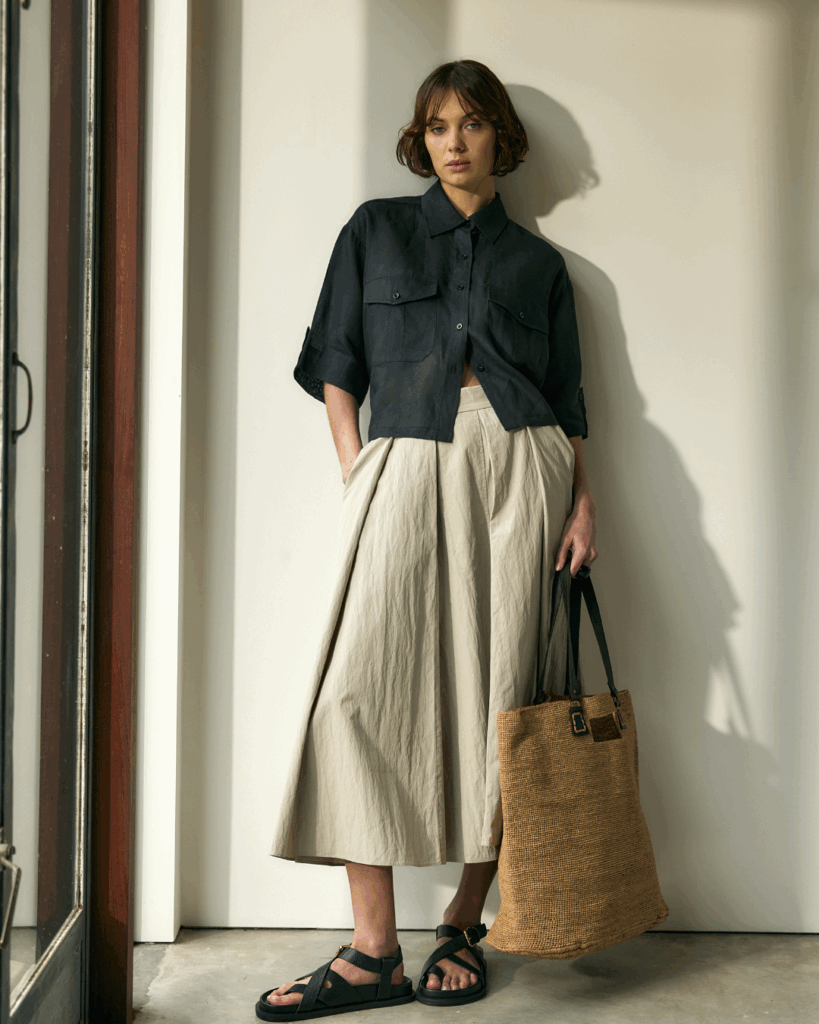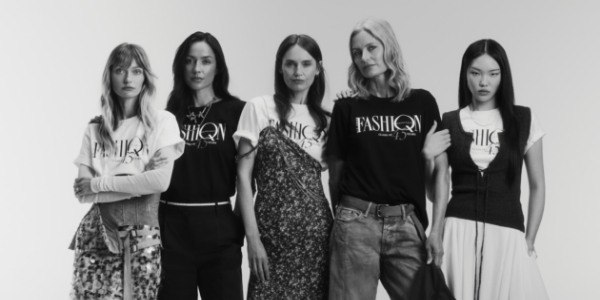As the cape is set to become one of this year’s biggest trends, Jessica-Belle Greer looks back at its colourful history.
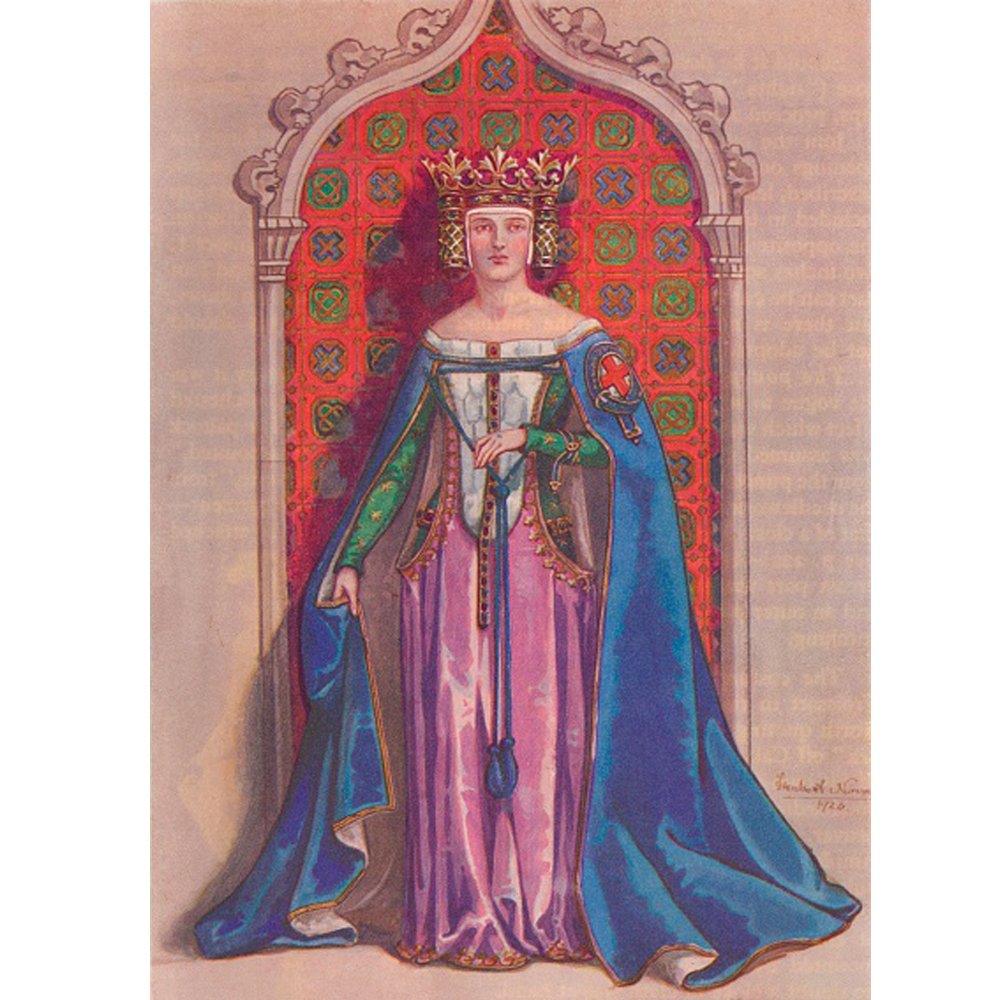
Prehistory
A relatively simple garment, thrown over the shoulders to provide protection without the technicality of sleeves, the cape has been around longer than there have been means to document it.
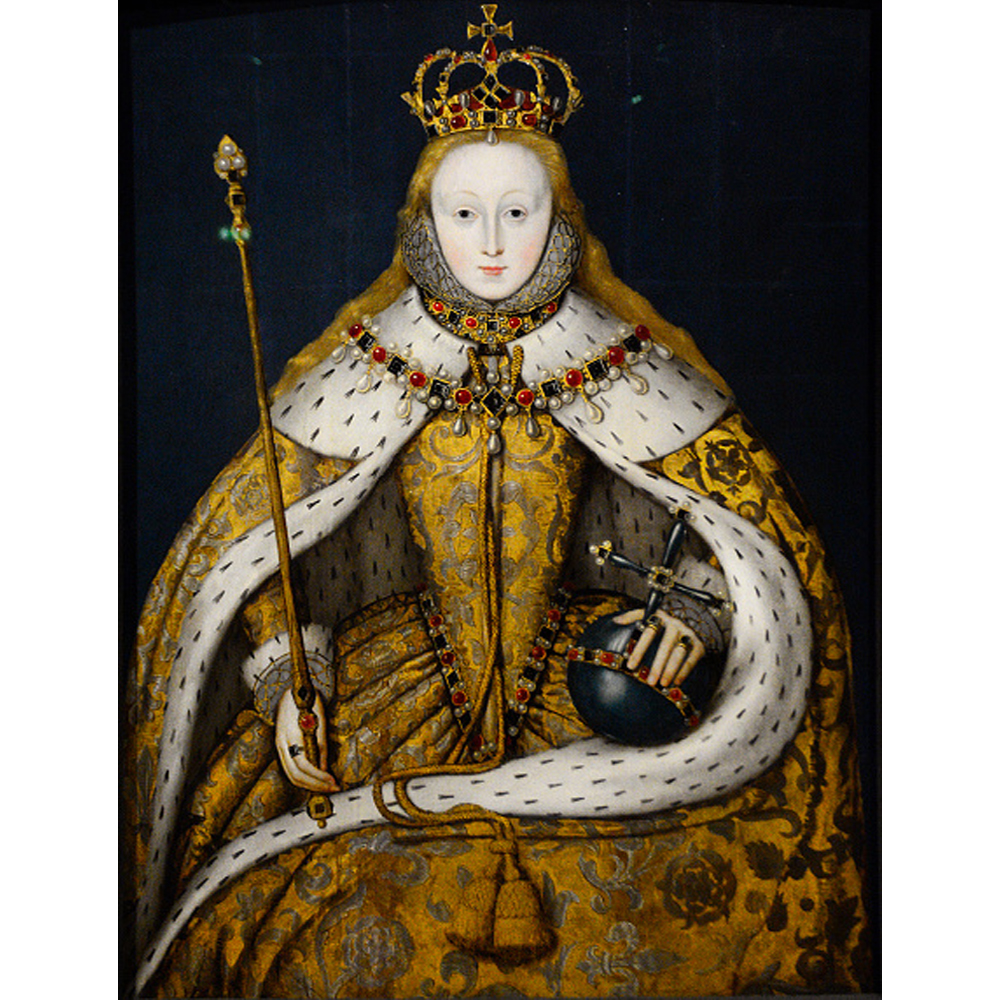
C 1500s
Some of the first capes in the early Renaissance period were attached to women’s collars, but over time they became a dignified garment. Elizabeth I, for example, was known to wear long, elaborate capes to protect her feet from getting wet.
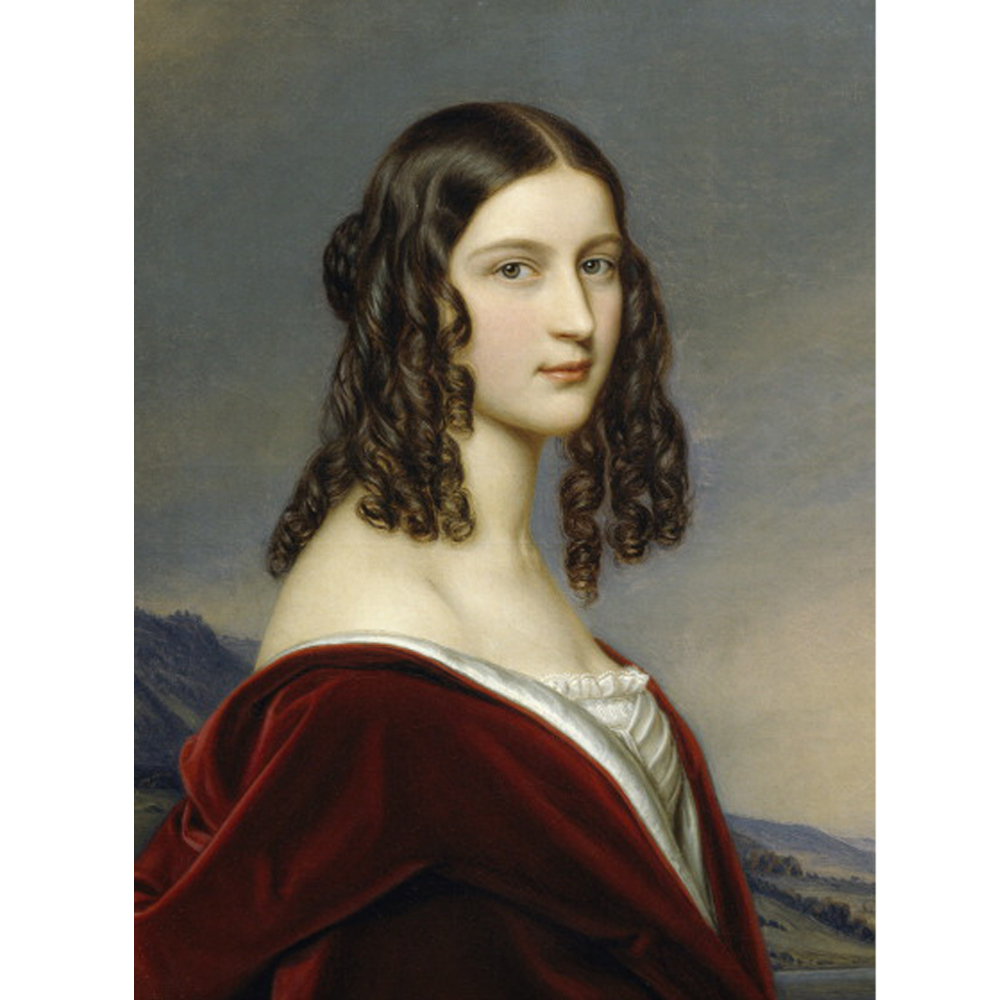
C 1700s
In the Victorian era, capes became more fashionable for women than men. Often in scarlet red, the hooded cardinal cape was worn by all respectable women. They were so widespread they became included in wedding outfits and were an integral part of the popular morality tale Little Red Riding Hood.
1910s
The cape became a fashion statement with the help of various tailors, including French fashion designer Paul Poiret, who transformed it with vibrant patterns largely inspired by ethnic designs. Police units and militaries across the world designed capes for both men and women, including the Red Cross’ and Anzac nurses’ short red capes.
1920s
The cape was given a creative flourish. Originating in France and Spain, the popularity of ‘cloak and dagger’ stories, where the protagonists concealed their weapons under their capes, became increasingly popular. Zorro was one of the first superheroes to be kitted out in a swish cape, in keeping with his Spanish heritage.

1930s
The cape was still a staple of modern dress for women, especially fur numbers slung over shoulders to get to the club or theatre. Dressing as a gentleman Dracula in a film of the same name, Bela Lugosi made the long black cape his calling card, wearing it in other films including White Zombie, furthering the cape’s ties to thrilling stories.
1950s
In the early post-war era, the couture houses of Paris influenced the rest of the world. Capes, like matching hats and gloves, completed a put-together look. It could be both a posh way to protect your evening dress when heading out for the night or on-trend outerwear to envelop a tidy pencil skirt suit.
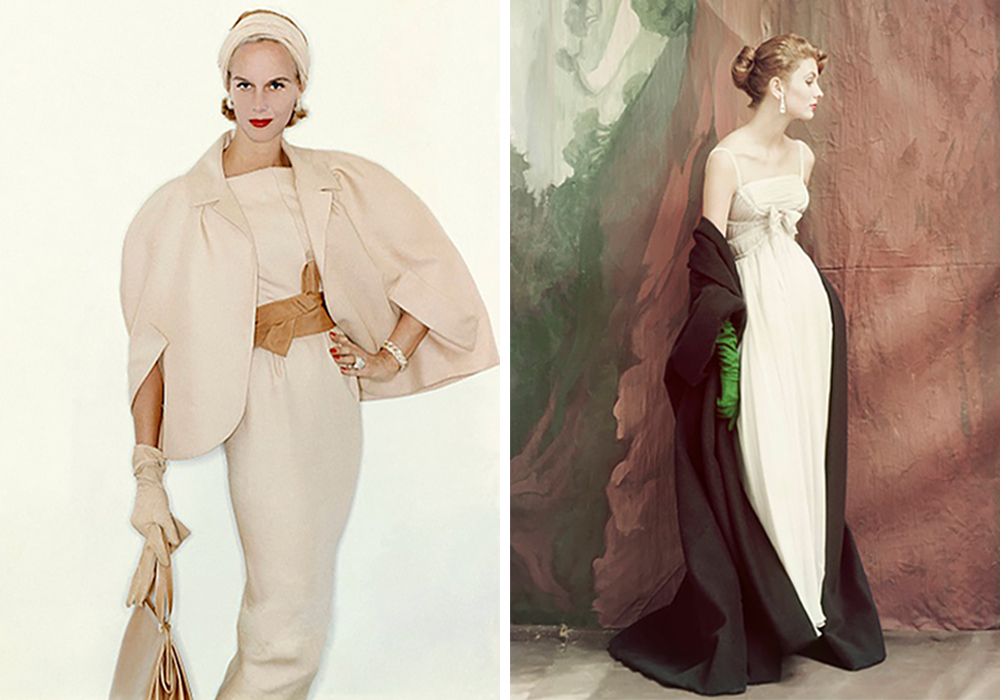
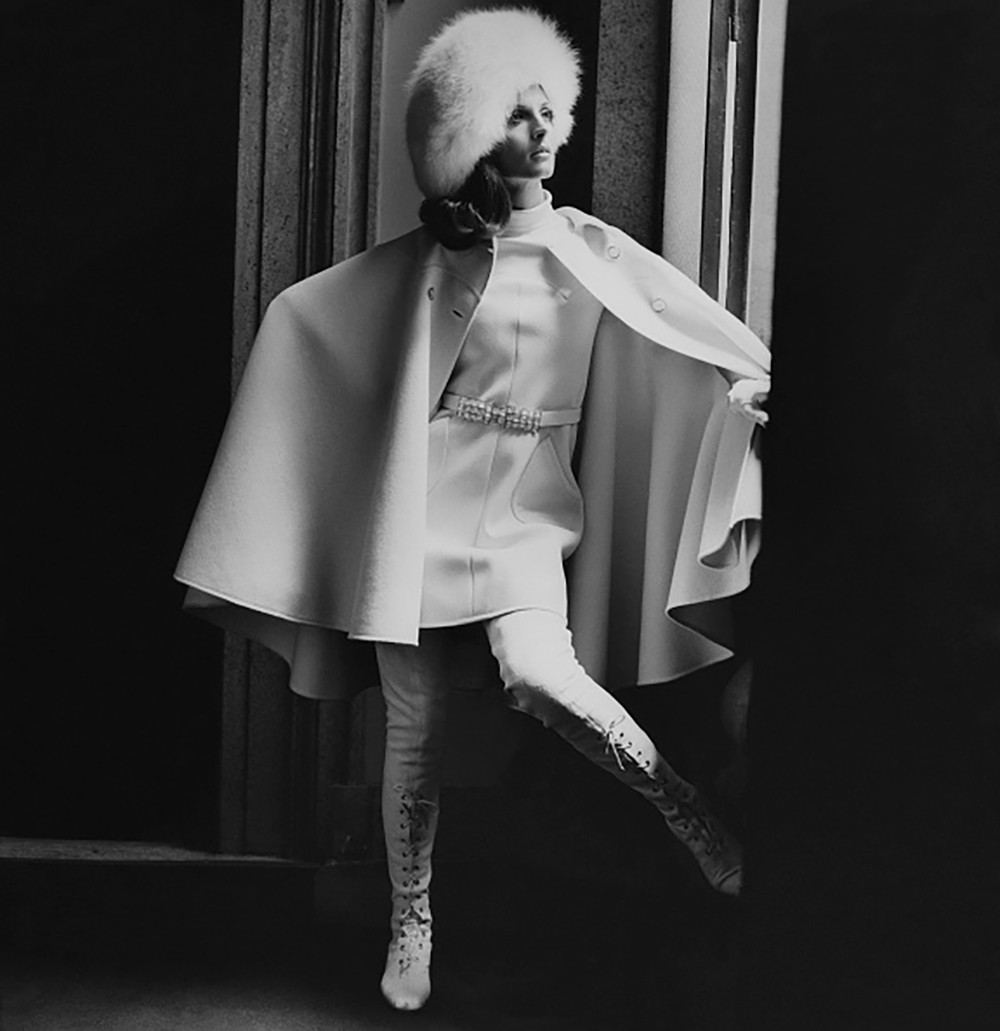
1960s
In this experimental decade, capes were a fun fashion choice. Mod designs with space-age aesthetics captured both men and women’s attention, especially after Jane Fonda’s Barbarella gave it some futuristic mileage.
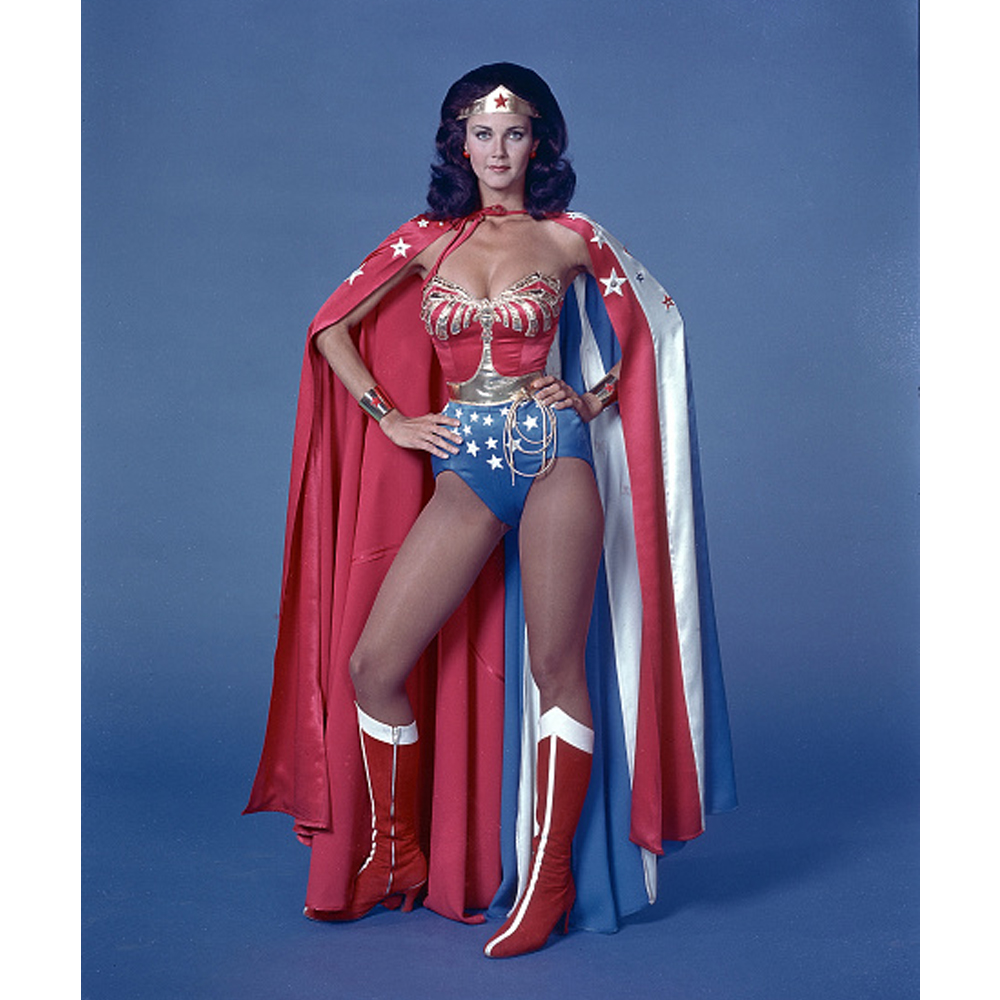
1970s
Capes came into their own again thanks to the free-flowing outerwear of folklore-inspired fashions in the first half of the decade. A cape was also great fun to dance and twirl in, as exemplified by theatrical performers ABBA, Elvis and Grace Jones. The original Wonder Woman TV series that aired in 1975 gave the trend some extra wind into the early 80s.
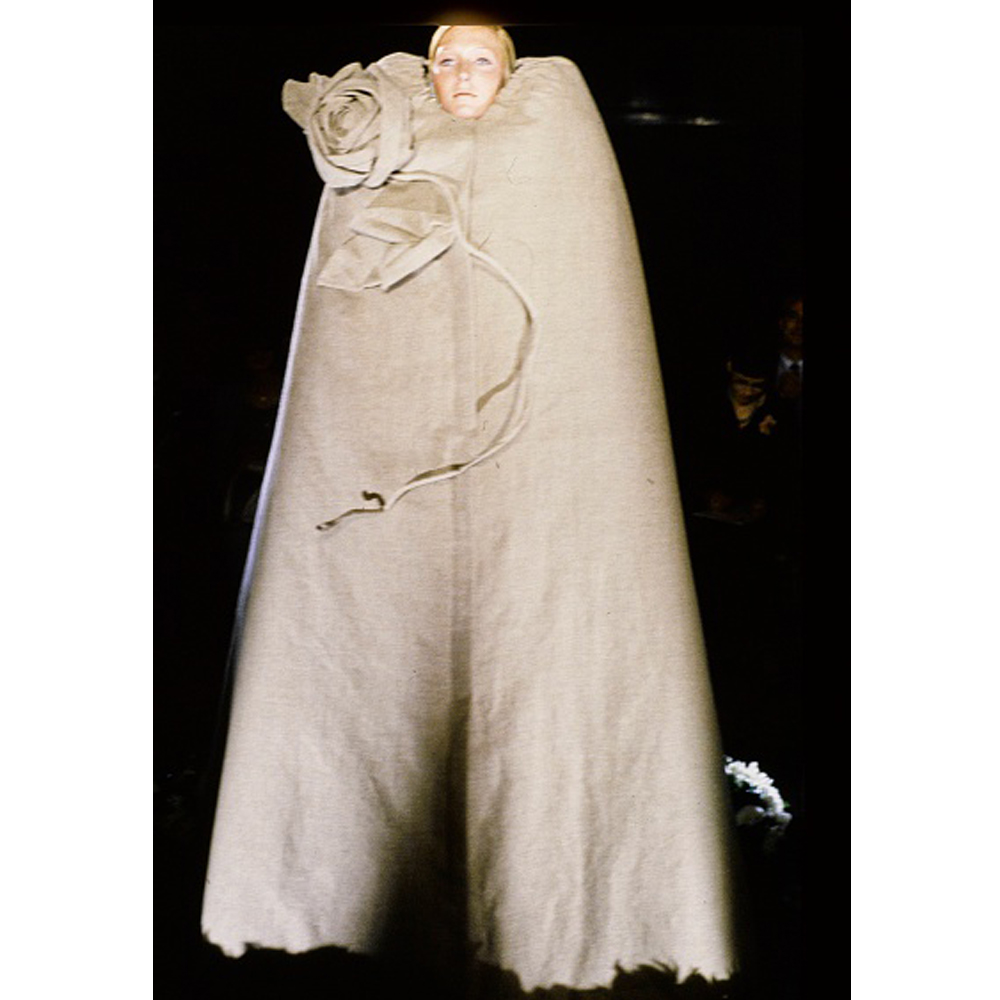
1990s
The cape was seen as a frivolous fashion item. Notably, Viktor & Rolf stole the show at Paris Haute Couture fashion week in 1999 with their final look – a voluminous, oversized coat coming up over the model’s head. Decadent, elaborate and humorous.
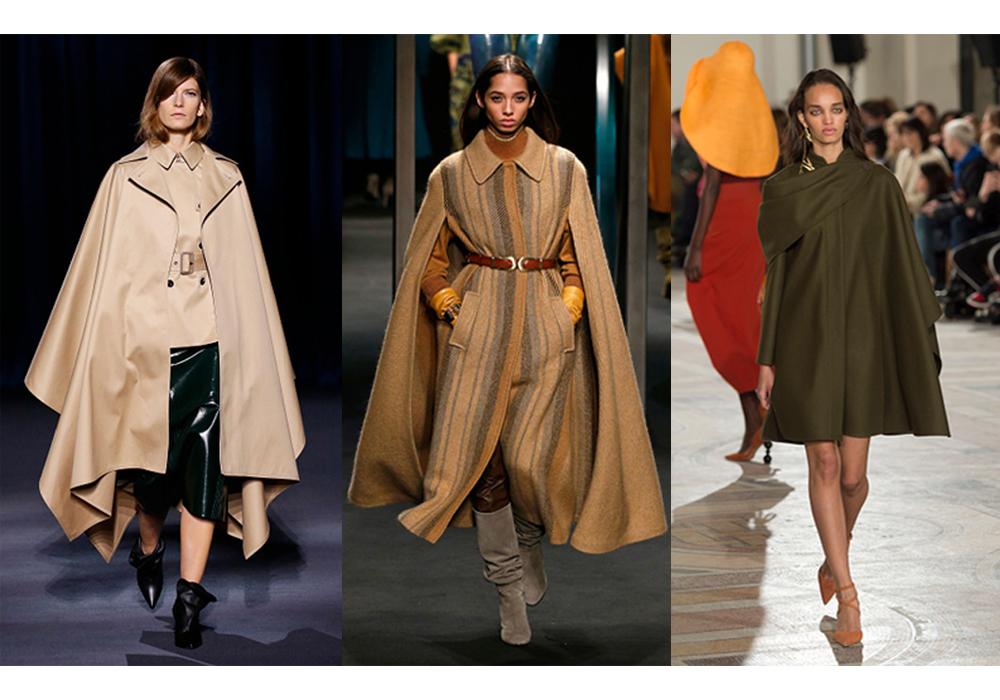
Today
Eccentric in silhouette but refined in detail, the cape is a major trend again, seen on runways from Givenchy to Jacquemus. In all its guises, one thing remains the same – so long as you wear it with flair, you can wear the cape anywhere.




